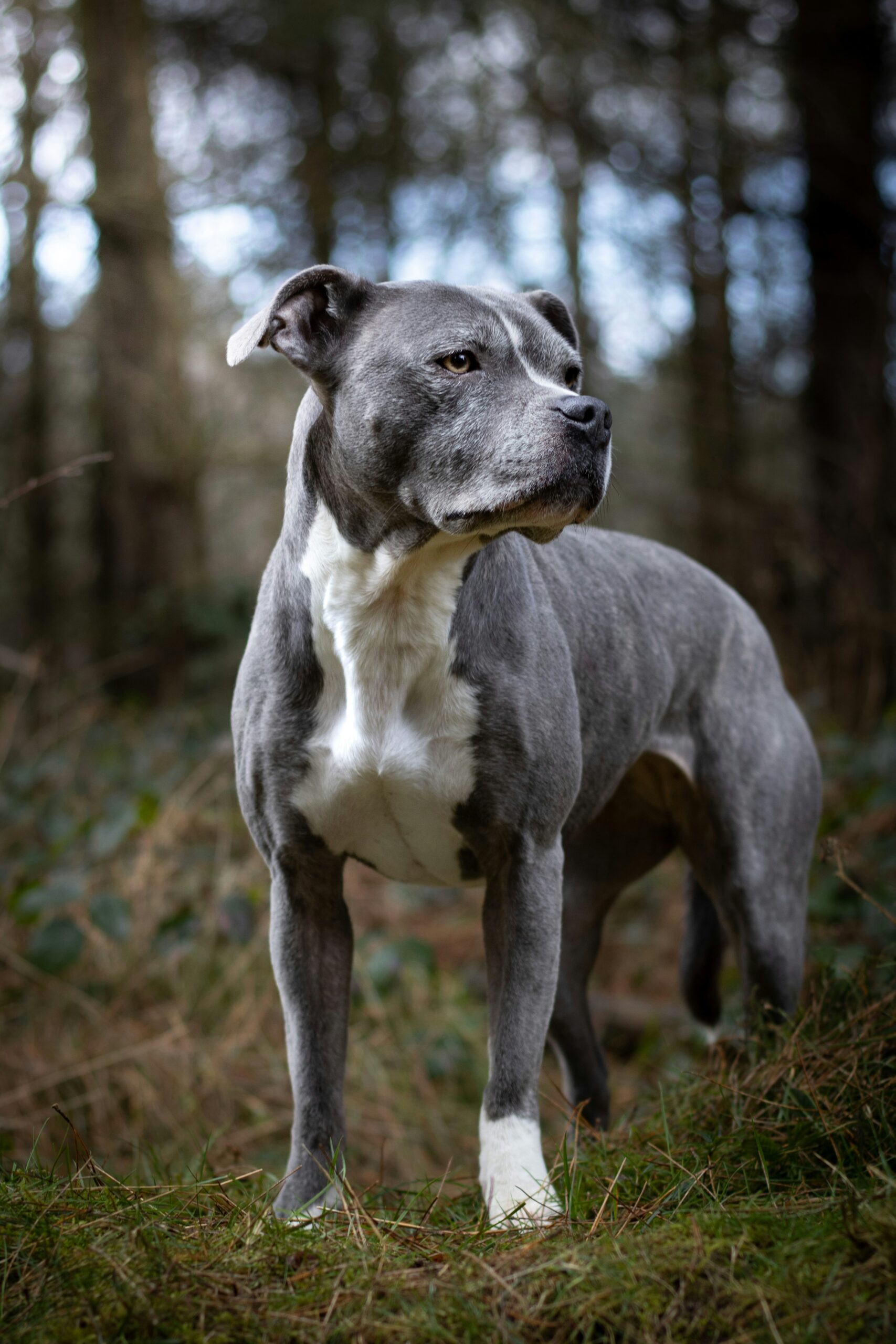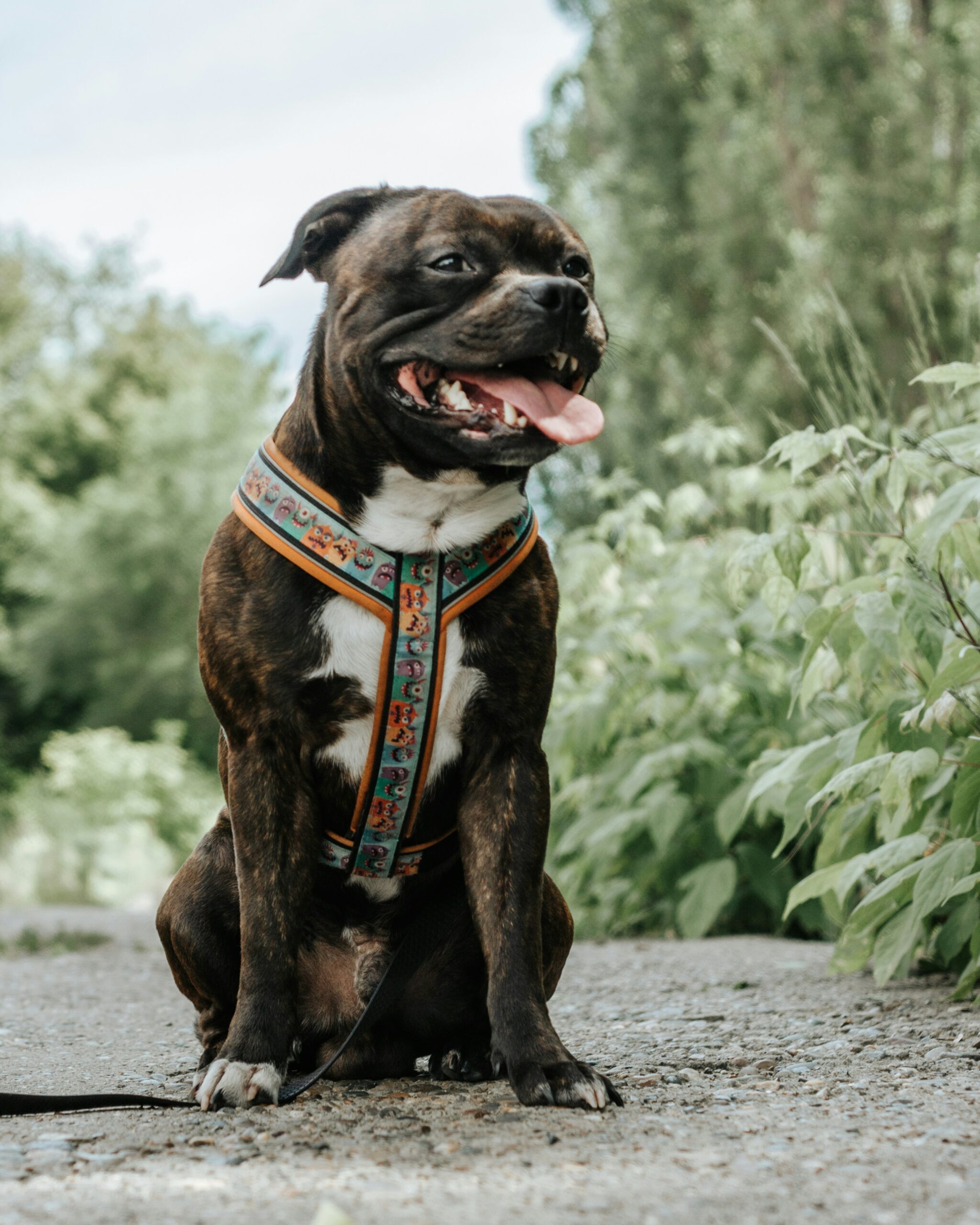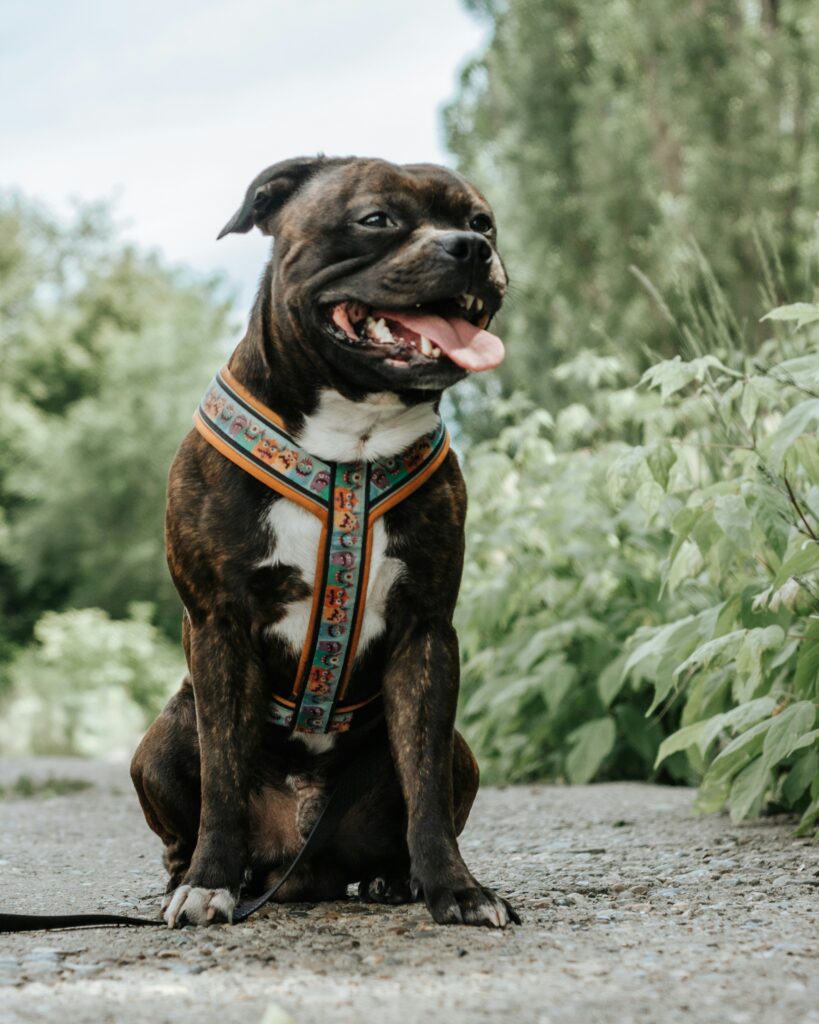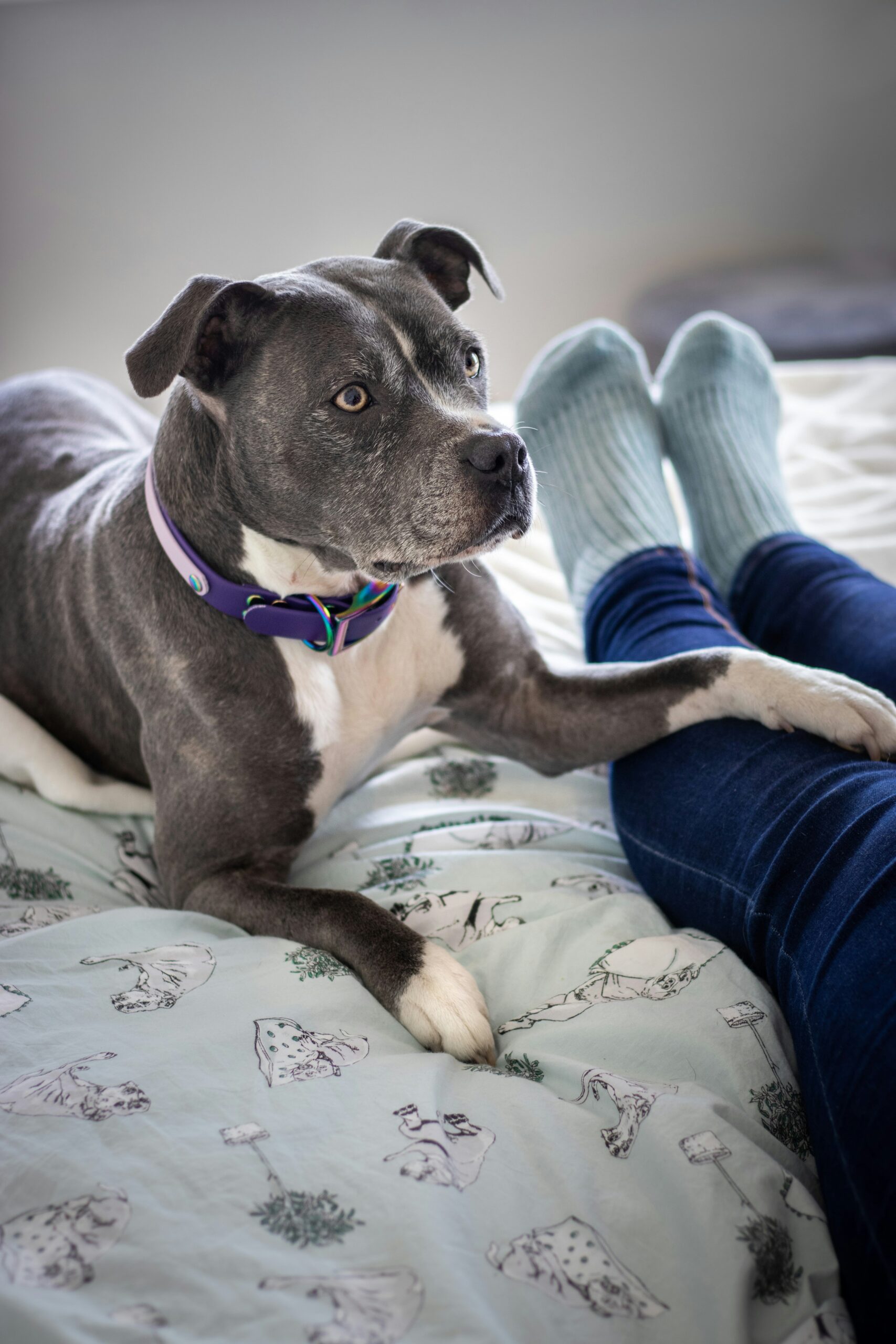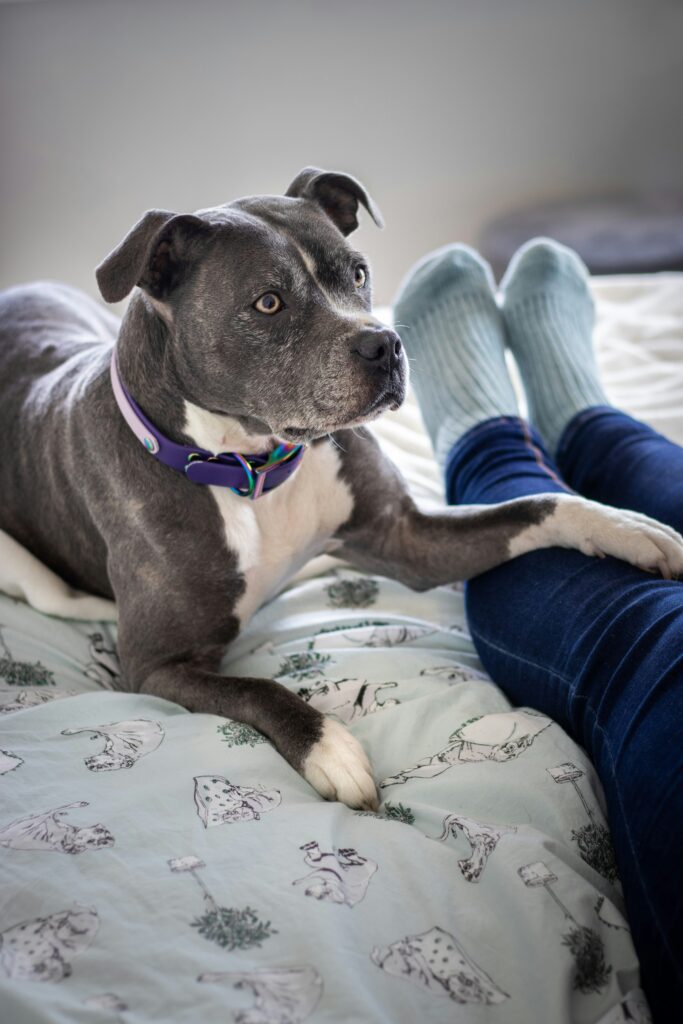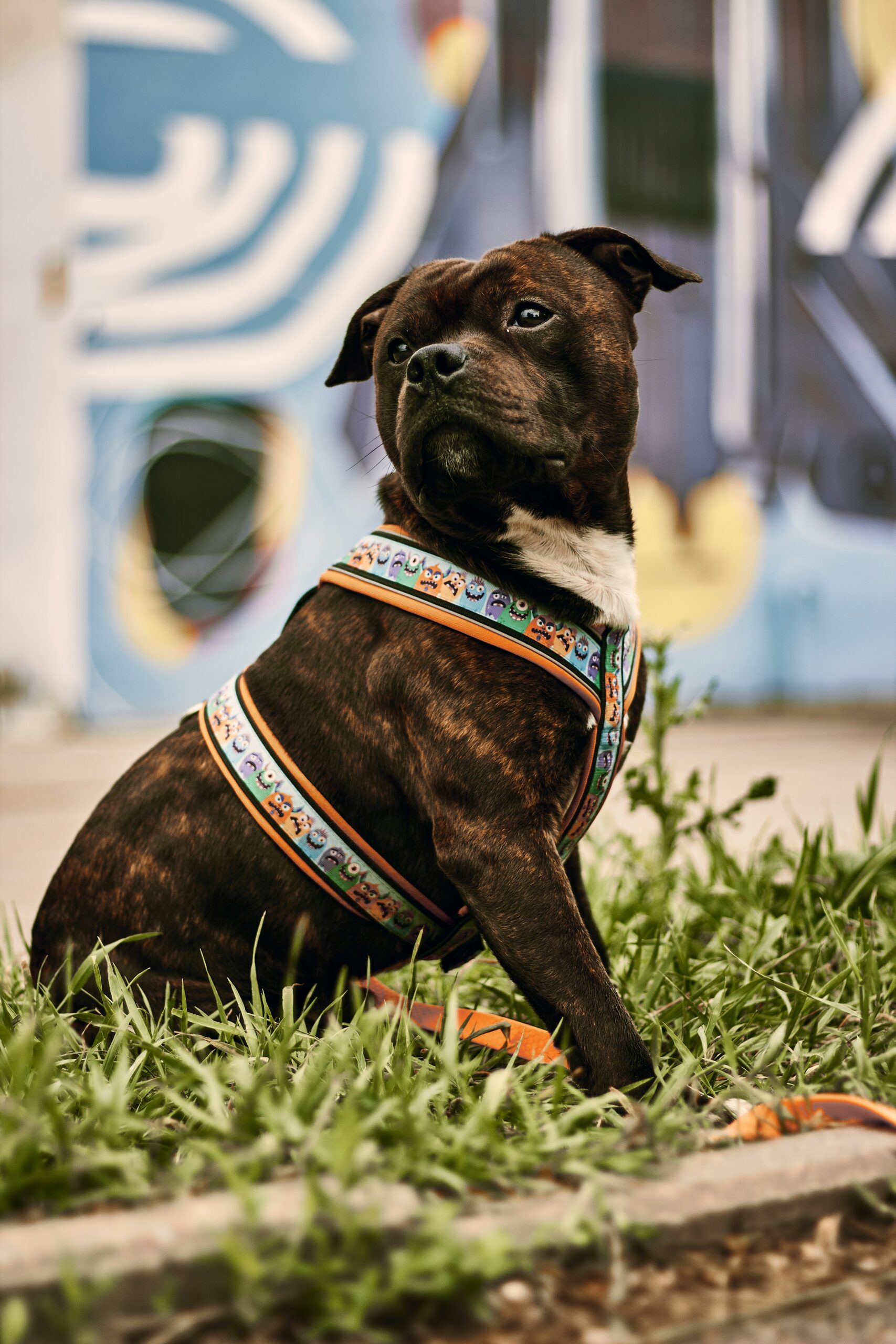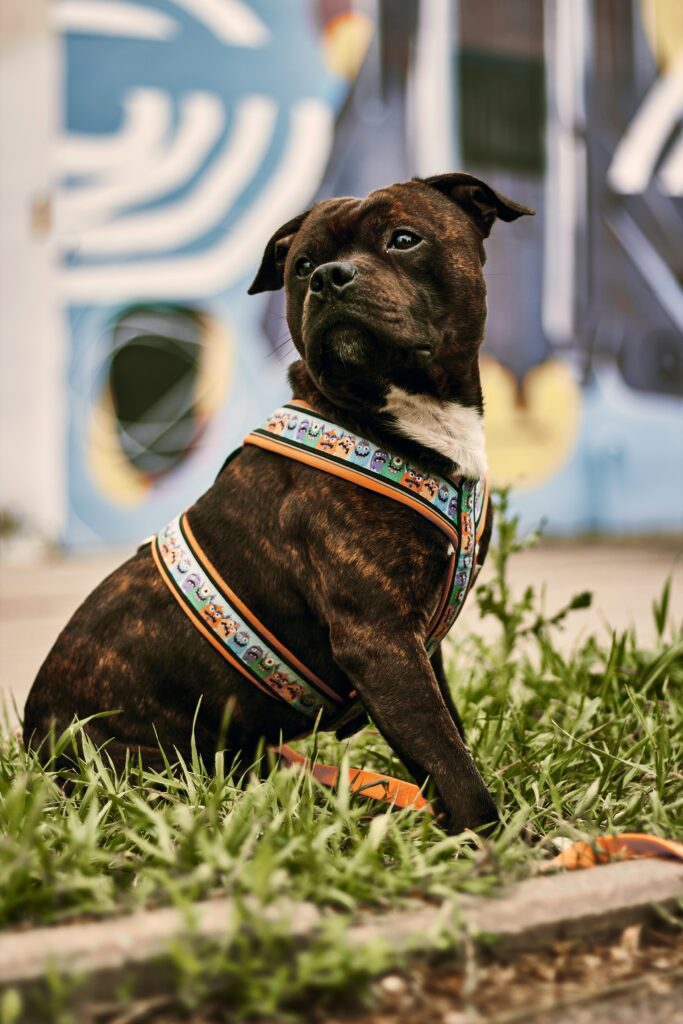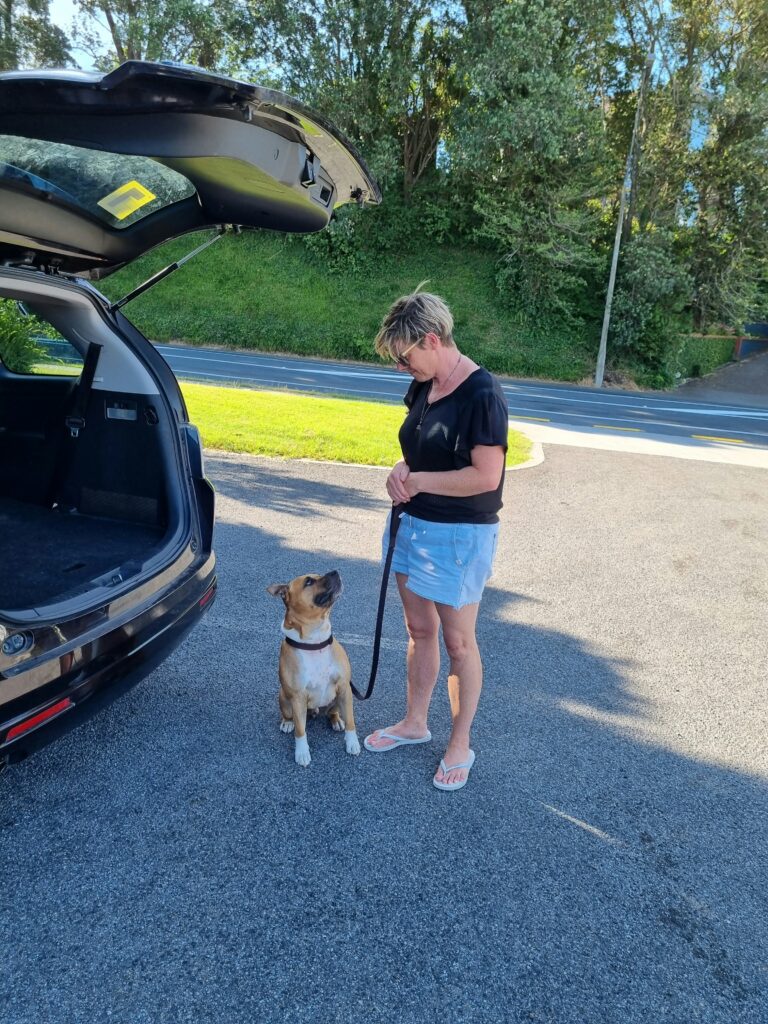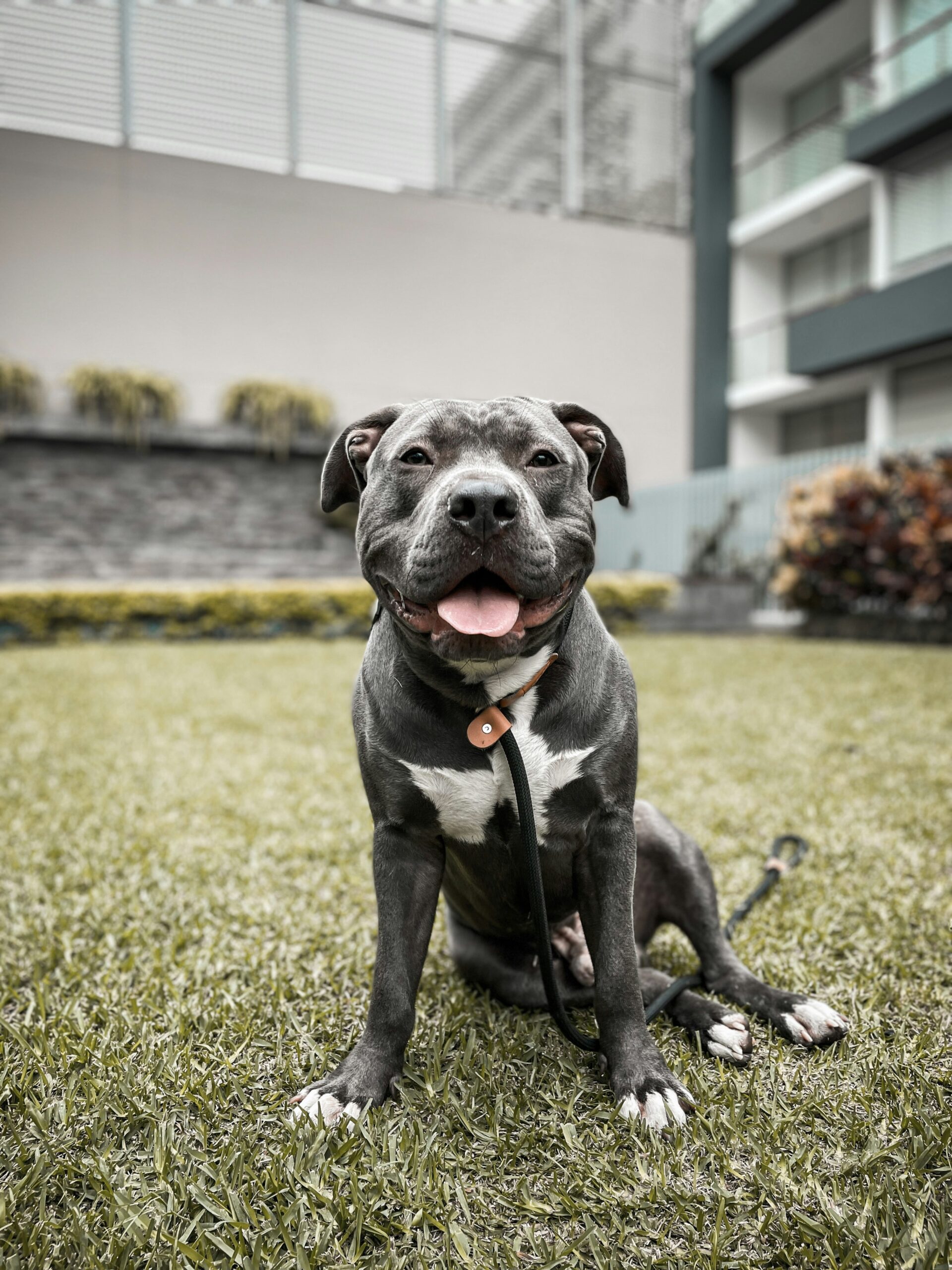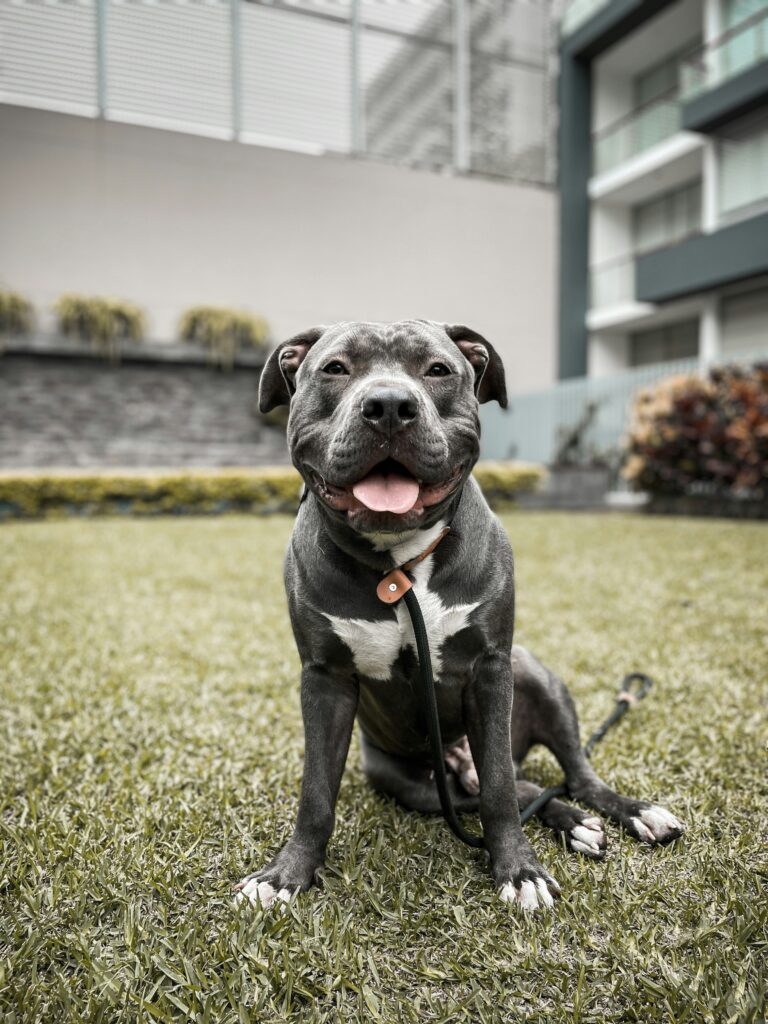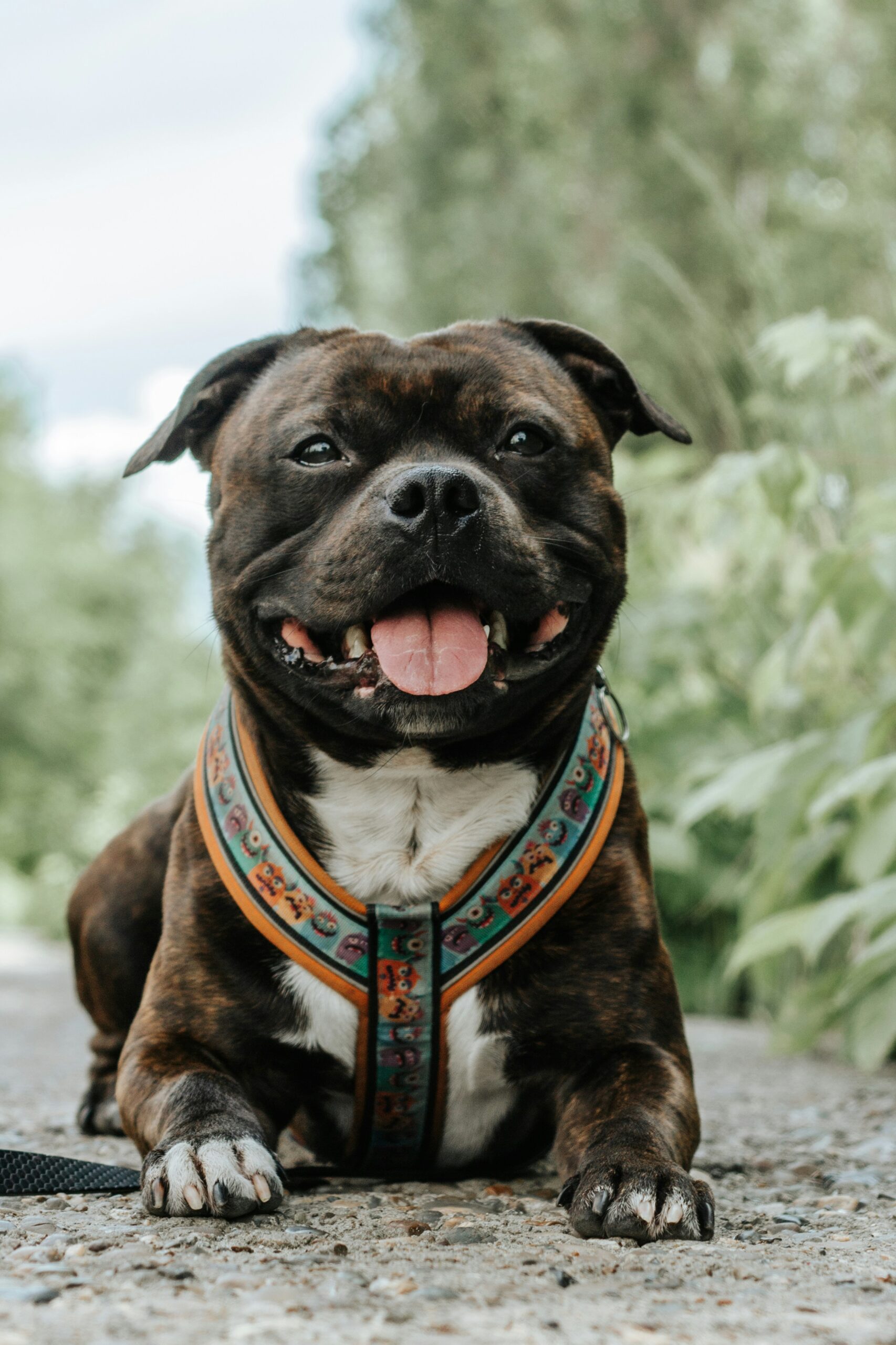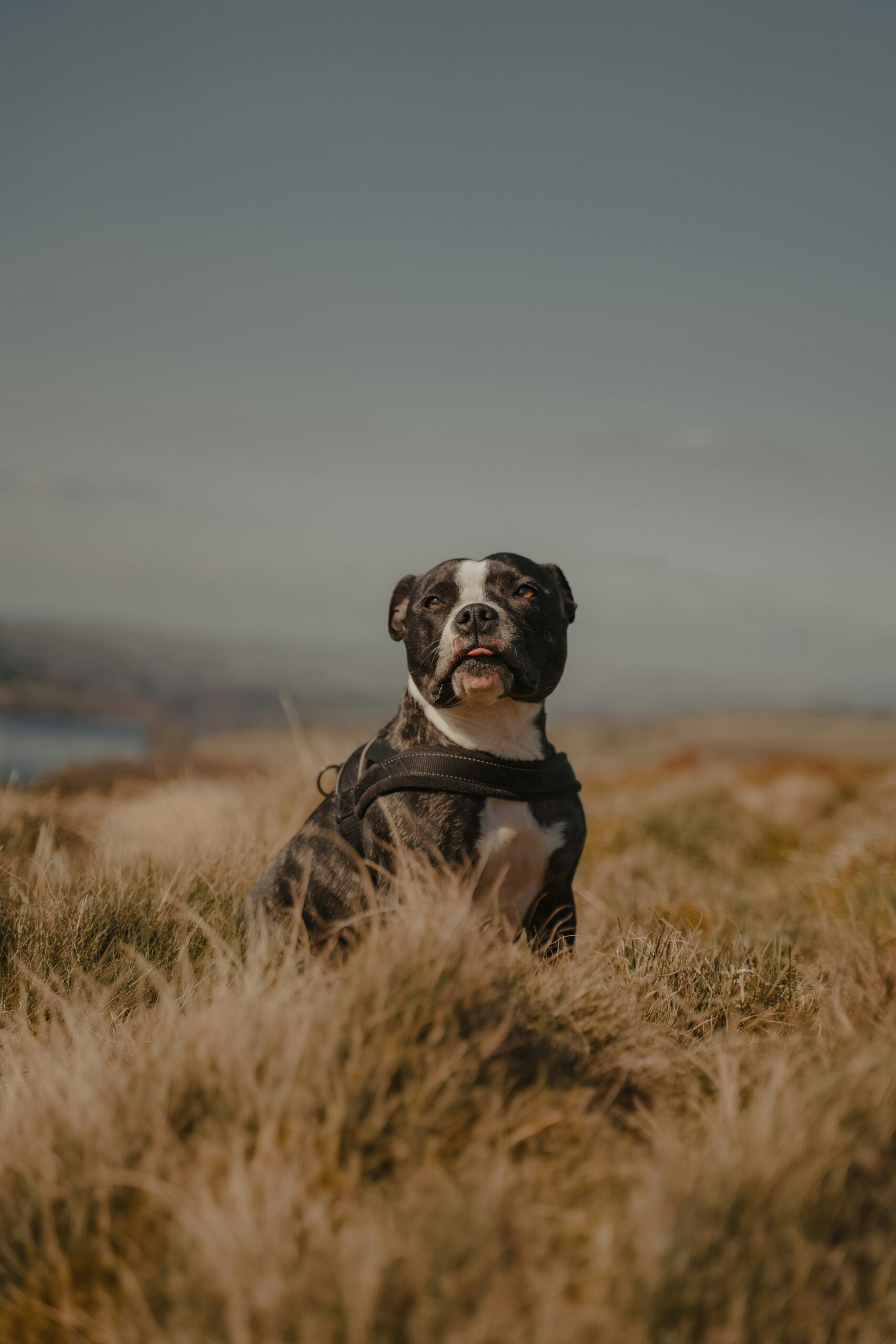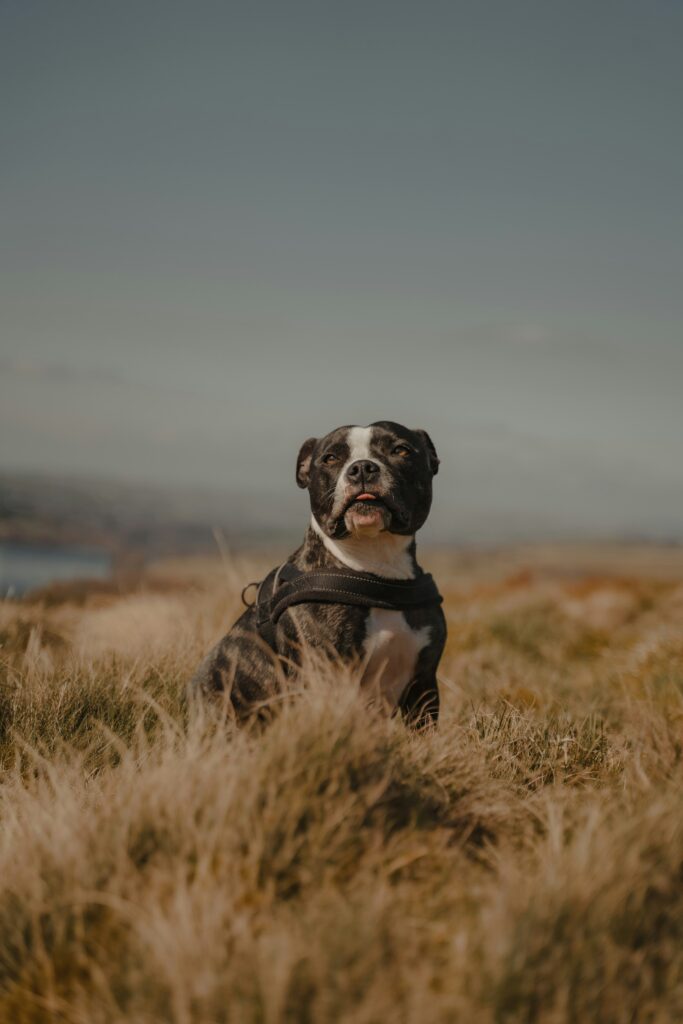If you’ve ever found yourself scratching your head wondering, “What’s the difference between a Staffy and a Pitbull?” you’re definitely not alone. These two breeds often get mixed up because of their similar looks and shared history, but trust me, they’re not the same. Whether you’re thinking about bringing one of these pups into your life or just curious about the Staffordshire Terrier vs Staffordshire Bull Terrier debate, I’ve got you covered. Let’s dive into the world of Staffies and Pitbulls and break down everything you need to know in a way that’s easy to digest.

Introduction to Staffy and Pitbull Breeds
First off, let’s address the elephant in the room: the confusion between a Staffy and a Pitbull is super common. People often use the terms interchangeably, but they’re distinct breeds with unique traits. The “Staffy” typically refers to the Staffordshire Bull Terrier, a breed originating in England, while “Pitbull” is often shorthand for the American Pit Bull Terrier, a breed developed in the United States. Both have roots in the old bulldog and terrier mixes used for bull-baiting and later dog fighting, but their paths diverged over time.
The Staffy hails from the mining towns of Staffordshire, England, where they were bred in the 19th century as tough, compact dogs for sport and companionship. Pitbulls, on the other hand, were developed in America from similar stock but were often bred for larger size and different purposes, including farm work and guarding. Understanding the difference between a Staffy and Pitbull isn’t just trivia—it’s crucial if you’re considering adopting one. Knowing their needs, temperaments, and quirks can make all the difference in being a responsible pet parent. So, let’s get into the nitty-gritty!
Physical Differences: Staffy vs Pit Bull
Alright, let’s talk looks. When you’re comparing a Staffy vs Pit Bull, the physical differences are one of the easiest ways to tell them apart. The Staffordshire Bull Terrier is generally smaller and more compact. A typical Staffy stands about 14-16 inches tall at the shoulder and weighs between 24-38 pounds. Pitbulls, specifically the American Pit Bull Terrier, are larger, standing 17-21 inches tall and weighing anywhere from 30-60 pounds, sometimes more. So, if you’re picturing a stocky little tank, that’s your Staffy; a bigger, more athletic build often points to a Pitbull.
Coat colors can also give you clues, especially when you throw in variants like the Blue Staffy vs Pitbull. Staffies often come in solid colors like black, red, fawn, or blue (a gorgeous grayish hue), and they might have white markings. Pitbulls have a wider range of coat patterns, including brindle, and can also come in blue, but their coloring often looks a bit different due to their larger frame. Speaking of frames, let’s chat facial features. Staffies have a broader, shorter muzzle with a pronounced cheek muscle, giving them that classic “smiling” look. Pitbulls have a longer, more angular muzzle and often a more intense expression. Ear shapes vary too—Staffies usually have rose-shaped or half-pricked ears, while Pitbulls often have cropped ears (though this is a human choice, not natural).
If you’re still wondering about the difference between a Staffy and Pitbull after seeing them side by side, just remember: Staffies are the smaller, chunkier cousins, while Pitbulls are the taller, leaner athletes of the pair.
Temperament and Behavior: Difference Between a Staffy and Pitbull
Now that we’ve got looks down, let’s talk personality. What’s the difference between a Staffy and a Pitbull when it comes to how they act? Well, both breeds are known for being loyal and affectionate, but there are some key distinctions. Staffies are often described as “nanny dogs” in the UK because of their gentle, protective nature with kids. They’re playful, a bit clownish, and love being the center of attention. Pitbulls are also incredibly loving with their families, but they tend to have a more intense, driven personality. They’re often more reserved with strangers until they warm up.
When it comes to living with other pets, both breeds can be a mixed bag. Staffies and Pitbulls have a history of dog aggression due to their fighting roots, but with proper socialization, many get along just fine with other animals. Staffies might be a tad more easygoing in this department, while Pitbulls can be more territorial. And let’s bust a myth while we’re at it—neither breed is inherently “dangerous.” Aggression often comes down to poor training, neglect, or bad breeding, not the dog itself. So, whether you’re looking at a Staffy vs Bully, know that with love and guidance, both can be total sweethearts.
Staffordshire Terrier vs Staffordshire Bull Terrier: Clarifying the Terms
Okay, let’s clear up some terminology because I know it can get confusing. You might hear “Staffordshire Terrier” and “Staffordshire Bull Terrier” and wonder if they’re the same. Spoiler: they’re not always. The Staffordshire Bull Terrier (Staffy) is the smaller, original English breed we’ve been talking about. The “Staffordshire Terrier” often refers to the American Staffordshire Terrier, a close cousin to the Pitbull, bred in the US to be a bit larger and sometimes used as a show dog. So, when you’re digging into Staffordshire Terrier vs Staffordshire Bull Terrier, you’re often comparing an American breed to the British one.
Historically, the naming split happened when these dogs crossed the Atlantic. In the US, breeders wanted to distinguish their version from the English Staffy, leading to the American Staffordshire Terrier name. This ties into the broader Staffy vs Pit Bull convo because the American Staffordshire Terrier and American Pit Bull Terrier are super similar, sometimes even considered the same by some folks (though purists will argue they’re distinct). Bottom line? If someone says “Staffordshire Terrier,” ask for clarification—are they talking about the Bull Terrier (Staffy) or the American version? It’ll save you a headache when figuring out the Staffordshire Bull Terrier vs Staffordshire Terrier debate.
Training and Exercise Needs: Pit vs Staffy
Let’s shift gears and talk about keeping these pups happy and healthy. When comparing a Pit vs Staffy, their energy levels and training needs are pretty different. Staffies are energetic but not over-the-top. A good hour of exercise daily—think walks, playtime, or a romp in the yard—usually does the trick. Pitbulls, on the other hand, are high-octane. They often need 1.5-2 hours of solid activity to burn off steam, or they might get bored and destructive. So, if you’re more of a couch potato, a Staffy might be your vibe.
Training-wise, both breeds are smart but stubborn. Staffies can be a bit more eager to please, while Pitbulls might test your patience with their independent streak. Start training early, use positive reinforcement, and be consistent. Socialization is huge for both—expose them to different people, pets, and environments from puppyhood to avoid shyness or reactivity. Whether you’re dealing with a Staffy vs Pit Bull, remember that a tired dog is a good dog. Keep them active, and they’ll be less likely to get into mischief.
Health and Lifespan: Blue Staffy vs Pitbull and Beyond
Health is another biggie when you’re weighing options like a Blue Staffy vs Pitbull. Both breeds are generally hardy, but they’ve got some breed-specific concerns. Staffies, including the striking blue-coated ones, can be prone to skin allergies, hip dysplasia, and a genetic eye condition called hereditary cataracts. Pitbulls often deal with hip dysplasia too, along with heart issues and a higher risk of certain cancers. Blue-coated dogs in either breed might also face “blue dog alopecia,” a skin condition linked to the dilute gene that causes their unique color.
Lifespan-wise, Staffies typically live 12-14 years, while Pitbulls average 10-12 years, though this can vary based on care and genetics. Long-term, both need regular vet checkups, a solid diet, and weight management since they’re prone to packing on pounds if overfed. If you’re eyeing a Blue Staffy or a Pitbull with a rare coat, chat with a breeder about genetic testing to dodge potential health hiccups down the line. Knowing the difference between a Staffy and Pitbull in terms of health needs can help you plan for their future.
Which Breed is Right for You: Staffy vs Bully
So, you’re probably wondering, “Which one should I pick?” Deciding between a Staffy vs Bully comes down to your lifestyle. If you’ve got a smaller space, less time for exercise, or young kids, a Staffy might be the better fit—they’re compact, adaptable, and famously gentle with little ones. If you’re active, have a big yard, and want a dog that can keep up with hikes or runs, a Pitbull could be your match. They’re powerhouse pups who thrive on adventure.
Think about your living situation too. Some areas have breed-specific legislation (BSL) that targets Pitbulls or similar breeds, so check local laws before committing. And whether you’re leaning toward a Staffy vs Pit Bull, please do your homework on breeders or consider adoption. Shelters are full of amazing Staffies and Pitbulls waiting for a home, often already past the puppy chaos stage. Ask questions, meet the dog, and make sure their energy matches yours. It’s all about finding the right fit for your life.
Conclusion: Understanding the Difference Between a Staffy and Pitbull
Alright, let’s wrap this up! We’ve covered a ton of ground on what’s the difference between a Staffy and a Pitbull, from their looks and personalities to their health and training needs. To recap, Staffies are the smaller, cheeky English pups with a knack for cuddles, while Pitbulls are the bigger, high-energy American dogs built for action. Both are loving, loyal, and often misunderstood, but they’ve got distinct vibes that cater to different owners.
I hope this has helped clear up any confusion, whether you were puzzling over Staffordshire Bull Terrier vs Staffordshire Terrier or just curious about Staffy vs Bully matchups. At the end of the day, choosing a dog is a big deal, so take your time, do your research, and pick the pup that feels like family. And remember, whether you go for a Staffy or a Pitbull, responsible ownership—love, training, and care—is the key to a happy life together. Got any more questions about these awesome breeds? Drop ‘em below, and let’s keep the convo going!

